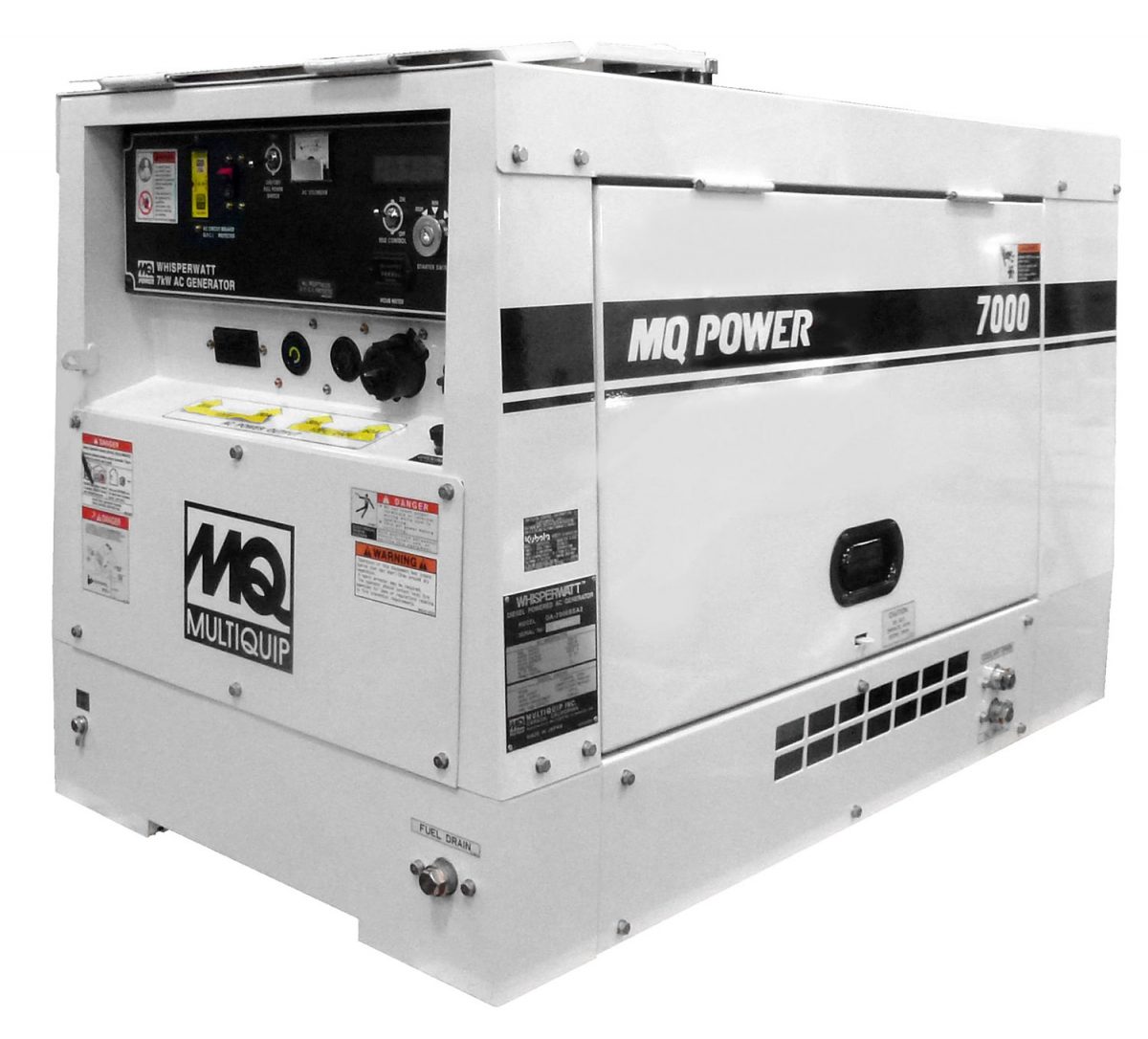Transformers – More Than Meets the Eye
We all have a lot of appliances that rely on electricity in our homes and businesses. From big things to small, washing machines to lights, the flip of a switch brings all our essential comforts to life. Though we may not be aware of it, many of the appliances in our homes have varied and different electrical needs. Sending too much voltage a lightbulb would cause it to overheat and blow out. Send too little and the light will be too dim for use. As well, your washing machine and refrigerator, as well as commercial needs like cash registers and cooking equipment, require much higher voltages than light bulbs.
Transformers are the devices that enable all your appliances to get exactly what they need to function properly. They are an essential component of the circuitry that delivers electricity from power plants to our homes. If you have ever been inconvenienced by a blown transformer knocking out your neighborhood’s power grid, then you might be interested in learning a bit more about them.
What is a transformer?
As mentioned before, transformers manipulate electrical voltage. The electricity that supplies your home encounters many transformers on its journey from its source. There needs to be a transformer between the electrical plant and the power lines, one between the power lines and your home, and usually one between the wall socket and your appliances.
Basically, transformers consist of a laminated iron ring, with a wire coiled several times around one side of the ring and a separate wire coiled around the other side. The coiled wire that receives electrical current from the power source is called the “primary winding”, and the other is called “secondary winding”. The two windings are isolated, so that electricity does not pass directly from one to the other. As current flows through the primary winding, a magnetic field is generated. The iron ring is then magnetized, resulting in a unidirectional path of magnetic force along the length of the iron ring. The electrons resident to the secondary winding feel the pull of this magnetic force, inducing a usable electrical current.
The job of the transformer is to increase or decrease the voltage of the secondary winding relative to the primary winding. In short, this is controlled by manipulating the ratio of the number of coils on the primary winding and the secondary winding. A high ratio decreases voltage (stepping down), while a low ratio increases voltage (stepping up). For example, if there are ten primary coils and only one secondary coil, this ratio is 10:1. Thus, an electrical power source of 1,200 volts will come out the other end of a transformer as 120 volts. Perfect for your house.
What is a step-up transformer?
Transformers that up the voltage in the secondary coil are called step-up transformers. There are a few important applications of step-up transformers. For one, generators and power plants produce electricity at relatively low voltages and high currents. That electricity needs to get to your home, but inherent inefficiencies of power lines cause greater losses of power with higher current. By the powers of science, increasing the voltage automatically decreases current (given a fixed resistance). A step-up transformer close to the power plant ensures greater efficiency and lower costs for the consumer.
Second, some devices and household appliances require greater voltage than the house-standard of 120 V. For example, microwaves need 3000 volts, so a built-in step-up transformer is necessary to prepare your popcorn. Also, appliances designed for use overseas often require higher voltages to function. Step-up transformers within wall outlet adaptors convert North American household standard of 120 V to 220 V in order to use these kinds of appliances.

